2018 Yamaha SuperJet Review
Make your New Year’s Resolution to ride a standup PWC – and the 2018 Yamaha SuperJet is the perfect place to start.
Engine: 701cc Two-Stroke Twin
Fuel Capacity: 4.8 gallons
Dry Weight: 306 pounds
Capacity: 1
MSRP: $8,499
It’s New Year’s resolution time, so I think everyone reading this should vow to do the following at least once in 2018 – ride a standup. Do it for the history. Standup craft pretty much launched the personal watercraft market. Or do it for the challenge. In a sea of craft that really require little more than planting your posterior in the saddle and squeezing the throttle, standups are one of the last vehicles to still have a learning curve. Most of all, do it for the fun. Once you get over the initial steep portion of the learning curve, standups offer one of the most thrilling rides on the water. No craft is as light, as personal a watercraft as an agile, single-passenger standup.
There may be only two left, but the subject of this review – the 2018 Yamaha SuperJet – has a long track record. It’s also by far the more playful of the two remaining candidates. Carve it, freestyle it, jump it in the surf, the options are many. The fun, however, is undeniable.
Quick On Its Feet
Yes, the 2018 Yamaha SuperJet comes with a catch. With its twin-cylinder, dual 38mm carburetor engine, the SuperJet is the last of the two-strokes. And that means emissions laws prohibit its use for anything beyond “closed course competition-use only.” That doesn’t mean buyers still don’t find a way to purchase one. A competition license pretty much qualifies you at most dealerships, and many buyers report being able to register the craft with little trouble. You can also find plenty of SuperJets in the used market, craft that are “grandfathered” in under the current regulations.
Recent-vintage models are the best Yamaha has ever produced. One big plus is the craft’s intuitive handling. Head into a corner, throw your weight to the inside with the appropriate lean, and the craft carves a sharp, predictable corner. Punch the throttle upon exiting and the SuperJet will accelerate with surprising velocity. Attempt to show off your freestyle abilities and you’ll note the craft’s agility, short length and light weight. Aftermarket-style tweaks debuted years ago to enhance all of the above. The hull flares forward and narrows aft, sharp chines add bite to turns, and the pump is pushed aft to quicken turns.
Yes, Kawasaki’s new SXR easily beats the SuperJet in top speed – the Kawi pushes 60 mph while the SuperJet tops out closer to 45 mph. But when you’re playfully carving turns, hopping waves, or working on your freestyle moves, the difference doesn’t seem a liability. In fact, it works to the craft’s advantage. And besides, those that want to push the limits further than the stock engine can handle will always find plenty of options in the aftermarket.
Simplicity
In true standup tradition, bells and whistles aren’t necessary to have a good time. Storage? You don’t really need it. Electronic enhancements are nil. You certainly can’t use reverse or cruise control. What you do get is practical. The handle pole is spring-loaded so as to take weight off your hands, and in turn, stress off your upper body, arms and lower back. Footwells are covered in HydroTurf for traction, and feature padded sides and gunwale tops. (The latter pays big dividends when resting your elbows on the gunwales, or tray “fins” when repeatedly starting from deep water.) That tray also features a kick at the rear to brace your back foot.
And Yamaha also saw fit to freshen up the look for 2018. The black hull and white deck are now accented by blue and neon green.
As to that competitor, Kawasaki’s Jet Ski SXR clearly offers far more power, a much bigger presence on the water, and a more stable hull. It’s not the freestyle boat the 2018 Yamaha SuperJet is, however, nor is it a craft you’ll feel like you can influence nearly as much with body English. The fact that each craft is now so different is a good thing, as each will appeal to different audiences, as well as rider sizes.
But back to my original suggestion – if you’ve never tried one, give a standup a shot this year. And if you used to ride one back in the day, get reacquainted.
But just be prepared. Once you stand up…you may not want to go back to your seat.
Get PersonalWatercraft.com in your Inbox!
Like PersonalWatercraft.com on Facebook
Comments
Most Popular

2024 Kawasaki Jet Ski STX 160X Review

2025 Yamaha JetBlaster PRO 2-Up Review

Remembering the Sea-Doo XP

Electric Sea-Doo Coming By 2026

2013 Yamaha VXR Review




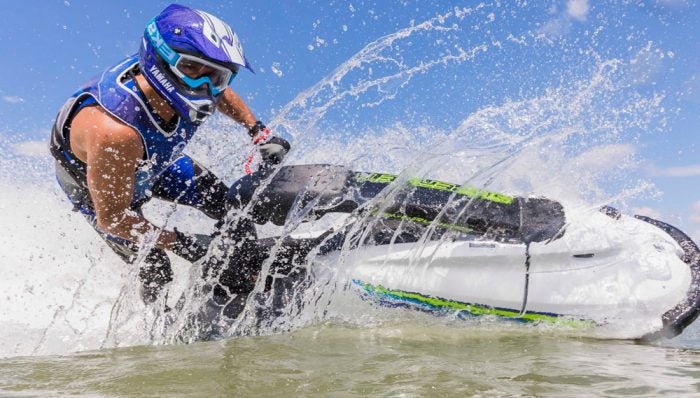
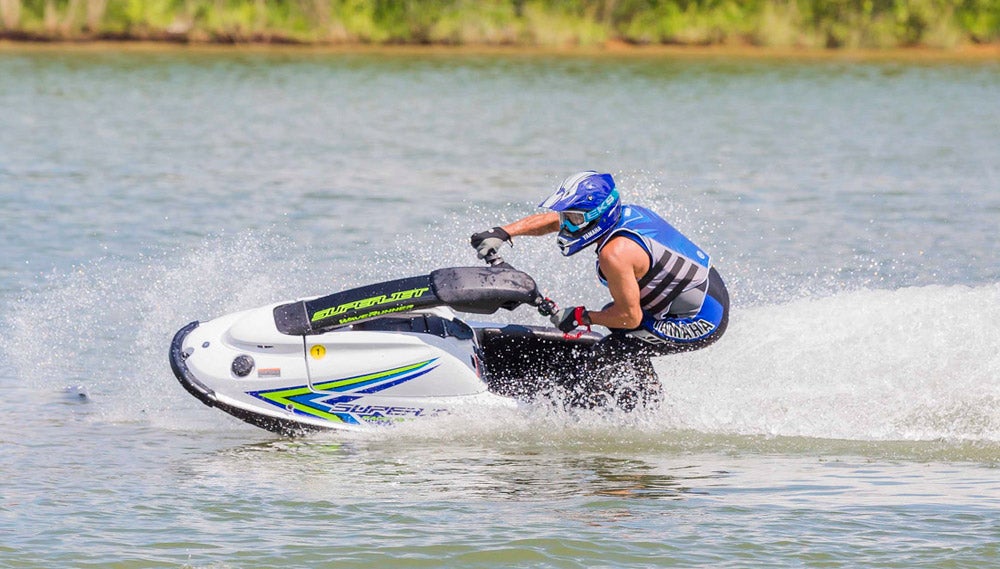
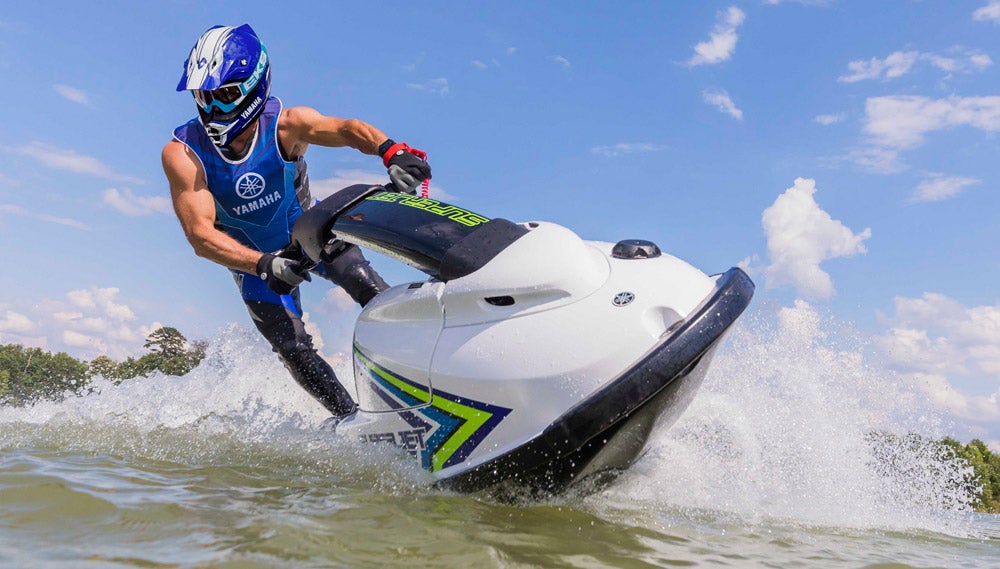

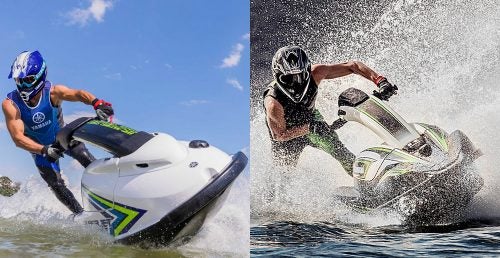

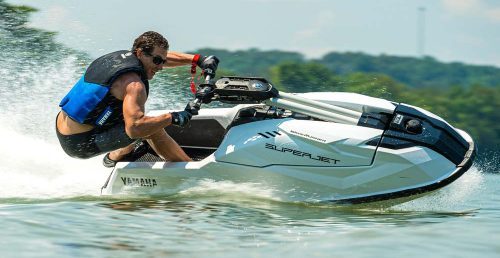






 Your Privacy Choices
Your Privacy Choices